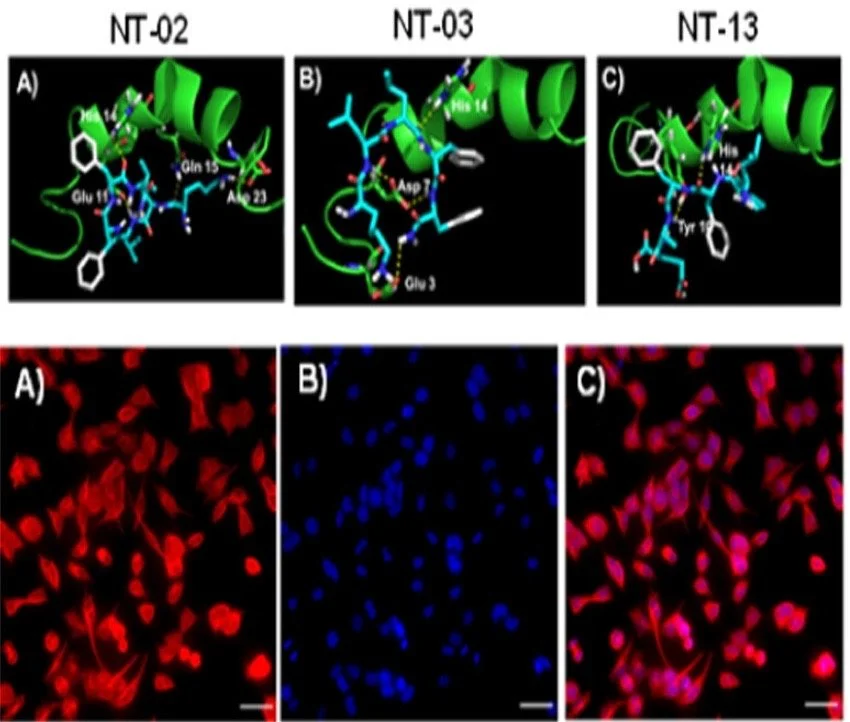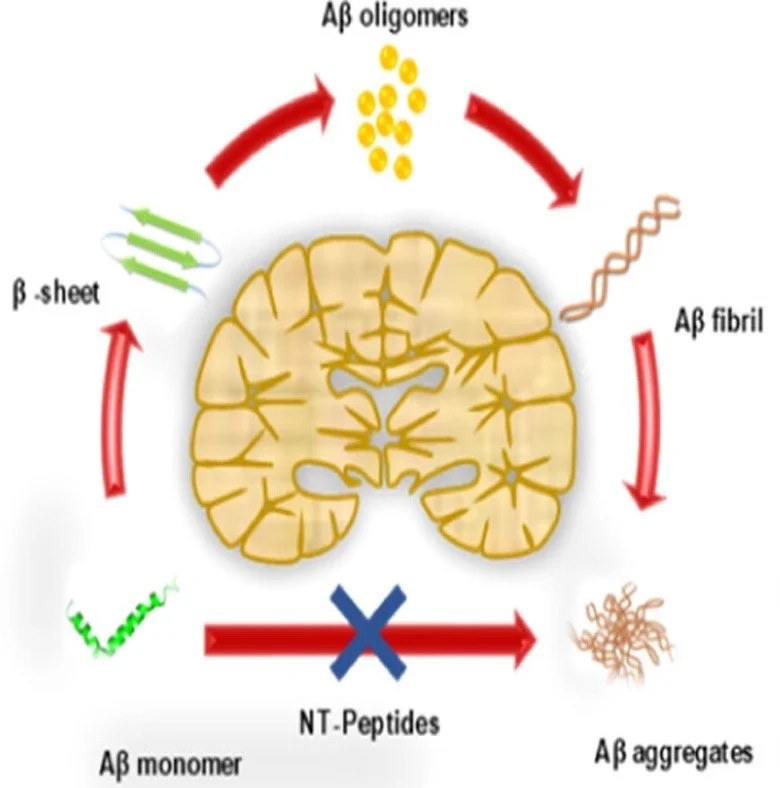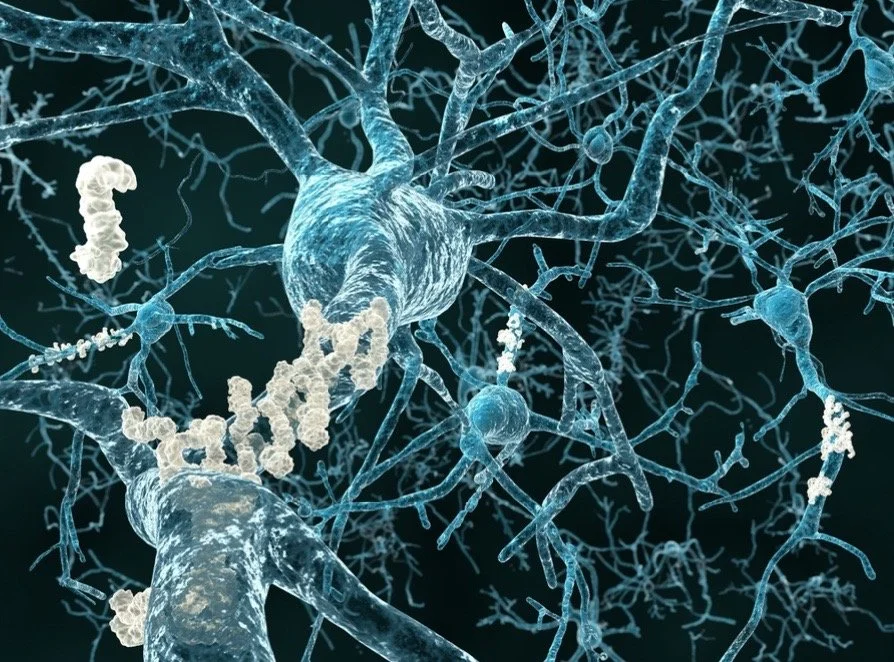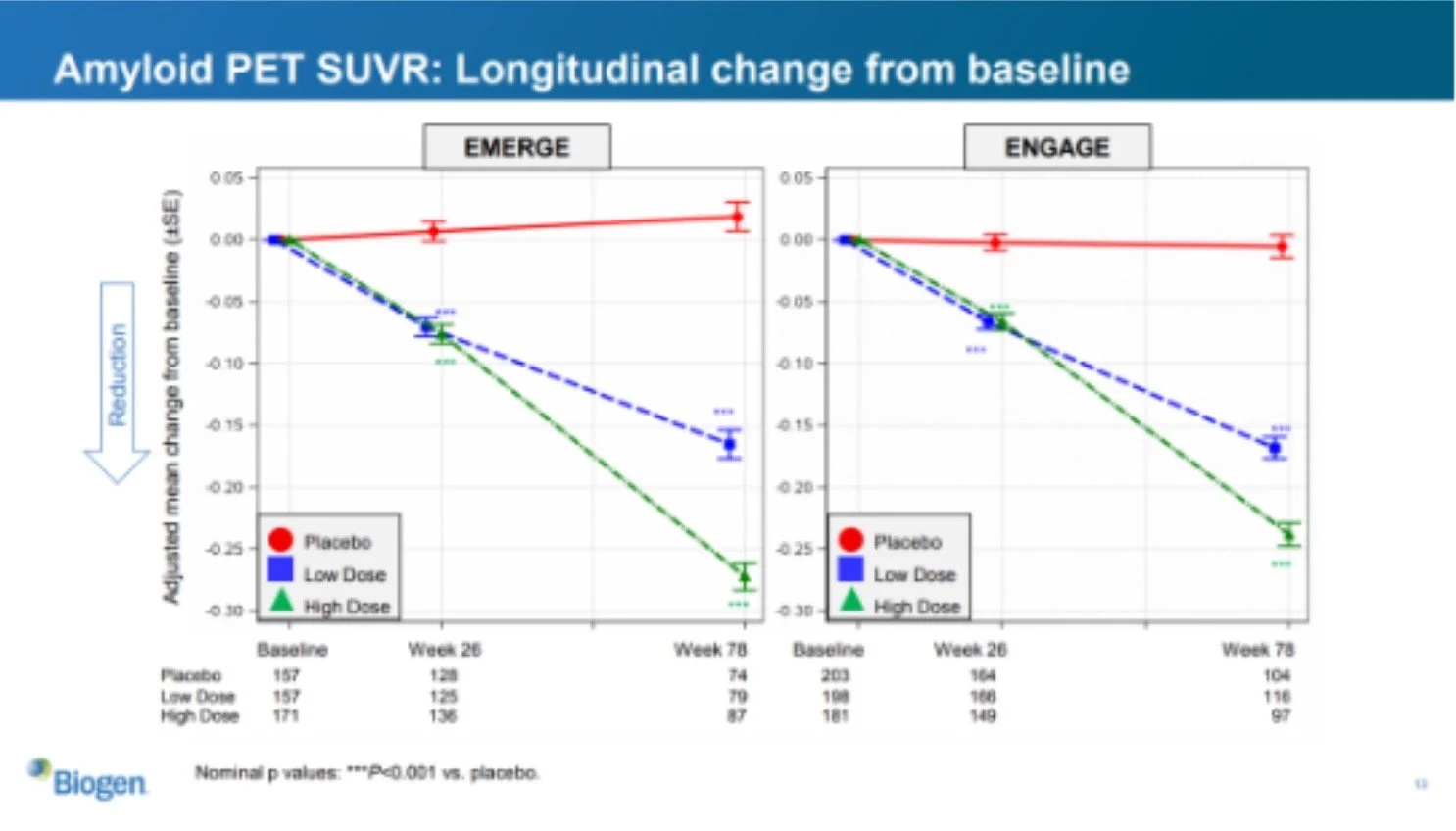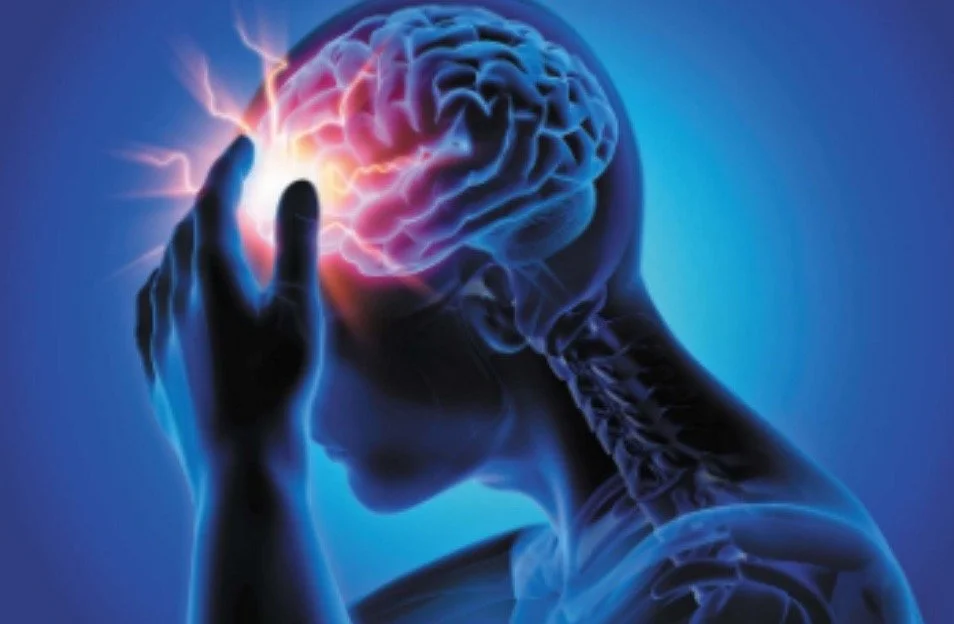The Musical Brain: A Potential Intervention for Alzheimer’s Disease
Written By: Kaushik Valiveti
It is no secret that our brain is capable of tremendous things, from making intimidating calculations to distinguishing the nuanced smell of over 1,000,000 fragrances and pheromones. The human brain can produce more ideas in a lifetime than there are atoms in the universe. It is capable of making ethical decisions and generating philosophical questions from those decisions. So far, the brain sounds like it’s a perfect structure, right? But just like everything in this world, there are some caveats to it. The brain deteriorates as age progresses.
Affecting over 24.6 million people worldwide, Alzheimer’s Disease (AD) is increasingly becoming an accepted outcome for middle-aged adults (Alzheimer’s Asc.). Considering the prominence of this disease among the general population, it’s not surprising to hear this disease echoed throughout every hospital, clinic, and old-age home across the world. But what actually happens during Alzheimer’s?
Elevated levels of Beta-amyloid peptide, Aß, have been traditionally thought to exacerbate symptoms in patients. This protein is derived from the transmembrane glycoprotein Amyloid Precursor Protein (APP). Through the catalysis of enzymes beta and gamma-secretase, APP produces pathogenic Aß peptides which aggregate through hydrophobic interactions (Rukmangadachar et al. 2022). But this is just half of the malignancy that AD poses.
Figure 1 - An illustration of WAVE1 mRNA Figure 2 - NT-02, NT- 03, NT- 04 are
contributing increase amyloid-beta aggregations artificially designed peptides with
at the AICD intracellular protein complex. single to substitution on 18Val peptide
site to correspond to different beta-
amyloid folding.
You might’ve heard of the analogy that our brain can be thought of as a railroad track, with our axonal microtubules facilitating communication between neurotransmitters (the tracks and the train, respectively). But just like there could be construction one day on the track, there needs to be a way to alter these pathways in the brain to meet the needs of the fickle human. For example, during our adolescent years, the neural connections in our brain get either strengthened or removed, a process called selective synaptic pruning. At the same time, too many shifts in the maturation of the brain can also be detrimental. The tau protein, in specific, helps regulate this dynamic instability by binding to a subunit of the axon called tubulin. But as an individual’s age progresses, these helpful proteins can betray the brain, forming cytotoxic tau tangles, a group of tau proteins covalently attached to each other. In this way, the other half of the malignancy AD possesses comes into play.
Scary, right? But the malignancy that AD poses has fortunately dwindled, thanks to the work of thousands of researchers, doctors, and consultants. So far, the most common form of treatment for AD is over-the-counter medication and prescription drugs. Cholinesterase is a popular intervention, inhibiting the breakdown of acetylcholine, a chemical used in memory and thinking. Lecanemab and aducanumab are secondary medications that are FDA-approved and target beta-amyloid plaques. Oftentimes, however, these medications come with a price: sporadic side effects. Prescription drugs have been linked to hypertension and headaches (NIH on Aging). Not to mention, a randomized control trial showed that prolonged use of aducanumab led to shorter remissions for patients before their next flare-up (NIH on Aging). So now the question should be, “What can be done to help patients with Alzheimer’s Disease in order to ensure that the malady does not come back?” Music might just be the answer.
Figure 3 - Graphical analysis of Amyloid Beta progression of emerge vs engage controlled trial, where the low dose shows a smaller rate of reduction after week 26, with respect to p<0.01. No notable statistical significance between low dose and high dose in both emerge and engage participants.
Music therapy has been shown to have a range of positive effects on individuals with neurodegenerative diseases (Natalia et al. 1054-1062). Exactly what positive effects music delivers has been an area of contention. Regardless, several theories have been proposed. For example, the arousal theory suggests that music can increase arousal levels and improve attention and cognitive processing in individuals with neurodegenerative diseases (Katlyn et al. 949-959). The social engagement theory proposes that music can enhance social interaction and emotional well-being in individuals with dementia (Graham et al. 1246). The results of a meta-analysis (5 studies, 342 cases) indicated that music therapy has a statistically significant impact on hormone levels, including nitric oxide, a major constituent in neuroplasticity and long-term potentiation (Moreno-Morales et. al 2020). A 2023 study conducted by Dr. Clara James [Geneva University] found that “Neuroimaging revealed an increase in grey matter in four brain regions involved in high-level cognitive functioning in all participants, including cerebellum areas involved in working memory. Their performance increased by 6% and this result was directly correlated to the plasticity of the cerebellum.'' What’s more? The researchers found differences in the type of music processing the participants went through. For example, the grey matter of pianists who actively played in the study “remained stable in the right primary auditory cortex—a key region for sound processing, whereas it decreased in the active listening group.” Though varied in approach, all recent literature has pointed to three main implications of studying this topic.
How can music therapy be used as an alternative or complementary treatment to inhibit Aß peptide aggregation associated with Alzheimer’s Disease?
What is the optimal dosage and frequency of music and sound therapy for improving cognitive and motor functioning in individuals with neurodegenerative diseases?
What more can we learn about the relationship between brain activity in different regions and aspects of music processing (perception, production, and imagination)?
But even with all of these methodologies, a crucial question remains: what technology would we use to extrapolate data from these readings? One could argue that there are ways. They would cite techniques such as calcium imaging, positron emission tomography, and fMRI scanning. But what these approaches lack is specificity. It is not out of the question that the root of Alzheimer’s stems from a single substitution mutation. Numerous studies have shown that a gene called TREM2 could eliminate a significant portion of amyloid beta aggregations and reduce brain atrophy (Gratuze et. al 2018). So what’s not to say that there is an “anti-TREM2”, something minuscule that could profoundly induce amyloid beta aggregates? Gene therapy at this point in time is just simply too invasive to remedy or scrutinize this. As time progresses and humanity becomes more advanced, neurological techniques will also be raised to a higher standard. And there is a strong chance audio-rhythmic stimulation, a promising method of intervention for AD, will be too.
Works Cited:
García-Casares, Natalia, Julia Eva Martín-Colom, and Juan Antonio García-Arnés. "Music therapy in Parkinson's disease." Journal of the American Medical Directors Association 19.12 (2018): 1054-1062.
Golpich, Mojtaba, et al. "Mitochondrial dysfunction and biogenesis in neurodegenerative diseases: pathogenesis and treatment." CNS neuroscience & therapeutics 23.1 (2017): 5-22.
Gratuze, Maud, et al. “New Insights into the Role of Trem2 in Alzheimer’s Disease - Molecular Neurodegeneration.” BioMed Central, 20 Dec. 2018, www.molecularneurodegeneration.biomedcentral.com/articles/10.1186/s13024-018-0298-9.
James, Clara. “How Music Can Prevent Cognitive Decline.” ScienceDaily, 17 Apr. 2023. www.sciencedaily.com/releases/2023/04/230417142520.htm#:~:text=A%20team%20has%20dis covered%20that.had%20never%20practiced%20music%20before.
Kormas, Panagiotis, and Antonia Moutzouri. "Current Psychological Approaches in Neurodegenerative Diseases." Handbook of Computational Neurodegeneration. Cham: Springer International Publishing, 2022. 1-29.
Moreno-Morales, Celia, et al. “Music Therapy in the Treatment of Dementia: A Systematic Review and Meta-Analysis.” Frontiers in Medicine, 19 May 2020. www.ncbi.nlm.nih.gov/pmc/articles/PMC7248378/.
Peck, Katlyn J., et al. "Music and memory in Alzheimer’s disease and the potential underlying mechanisms." Journal of Alzheimer's Disease 51.4 (2016): 949-959.
Rowinska-Zyrek, Magdalena, Milena Salerno, and Henryk Kozlowski. "Neurodegenerative diseases–understanding their molecular bases and progress in the development of potential treatments." Coordination Chemistry Reviews 284 (2015): 298-312.
Rukmangadachar LA, Bollu PC. Amyloid Beta Peptide. [Updated 2022 Aug 29]. In: StatPearls [Internet]. Treasure Island (FL): StatPearls Publishing; 2023 Jan. https://www.ncbi.nlm.nih.gov/books/NBK459119/
Welch, Graham F., et al. "The impact of music on human development and well-being." Frontiers in Psychology 11 (2020): 1246.
